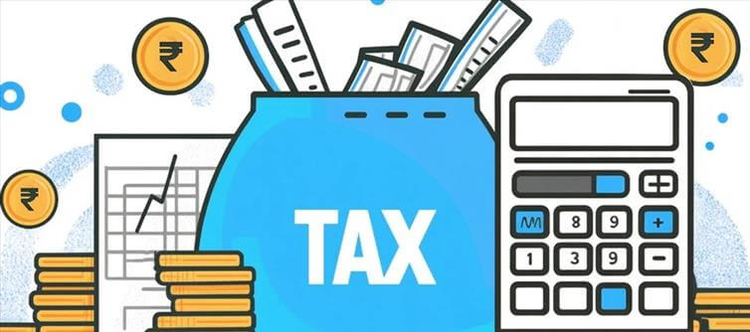
Taxpayers must keep up with these announcements since they are now in effect in order to prevent needless fines and make sure they fulfill all compliance obligations. Let's examine some of the most important income tax modifications in more detail.
NEW INCOME TAX SLABS
The income tax slabs under the new tax regime for FY 2025–2026 have been modified by the government.
Those making up to Rs 4 lakh will not be required to pay taxes under the new arrangement. The tax rate is 5% on income between Rs 4,00,001 and Rs 8 lakh, and 10% on income between Rs 8,00,001 and Rs 12 lakh.
For income between Rs 12,00,001 and Rs 16 lakh, the tax rate rises to 15%, and for profits between Rs 16,00,001 and Rs 20 lakh, it rises to 20%. A 25% tax rate will apply to individuals making between Rs. 200,000 and Rs. 24 lakh, while a 30% tax rate will apply to those making more than Rs. 24 lakh.
ZERO TAX ON INCOME UP TO RS 12 LAKH
Individuals opting for the new tax regime won't have to pay any tax if their income is up to Rs 12 lakh. But, they still need to file an Income Tax Return (ITR) to avail this benefit under Section 87A.
Additionally, a standard deduction of Rs 75,000 would be given to salaried individuals, making up to Rs 12.75 lakh in income tax-free.
Those who make slightly more than Rs 12 lakh are certain to pay tax solely on the extra amount thanks to a provision for marginal relief.
"Starting april 1, the Finance Act 2025 is transforming India's tax framework, offering significant relief and simpler compliance for millions of individuals," said ajay Lakhotia, founder and CEO of StockGro. It increases middle-class purchasing power by making yearly incomes up to Rs 12 lakh tax-free, which promotes both immediate household savings and increased consumer expenditure.
"Marginal relief and a restructured slab system ensure balanced tax liabilities across income brackets, while the enhanced standard deduction helps salaried employees avoid excessive paperwork," he stated.
HIGHER TDS THRESHOLDS
To reduce taxes and make compliance easier, the government updated the TDS and tcs thresholds. The TDS threshold on bank interest has been raised from Rs 50,000 to Rs 1 lakh for elderly persons and to Rs 50,000 for everyone else.
Additionally, the tcs level for overseas remittances has been raised from Rs 7 lakh to Rs 10 lakh, while the TDS threshold for dividend income has been doubled to Rs 10,000.
Lakhotia went on to say, "A higher TDS threshold on bank interest benefits senior persons by letting them keep up to Rs 1 lakh of their earnings. In the meantime, investors looking for consistent income streams have more liquidity thanks to higher dividend TDS limitations.
SIMPLIFIED TAX CALCULATION FOR SELF-OCCUPIED PROPERTIES
For tax purposes, it is now easier to determine the yearly worth of self-occupied homes. In order to facilitate tax filing, taxpayers can now claim the worth of up to two self-occupied properties to be zero.




 click and follow Indiaherald WhatsApp channel
click and follow Indiaherald WhatsApp channel